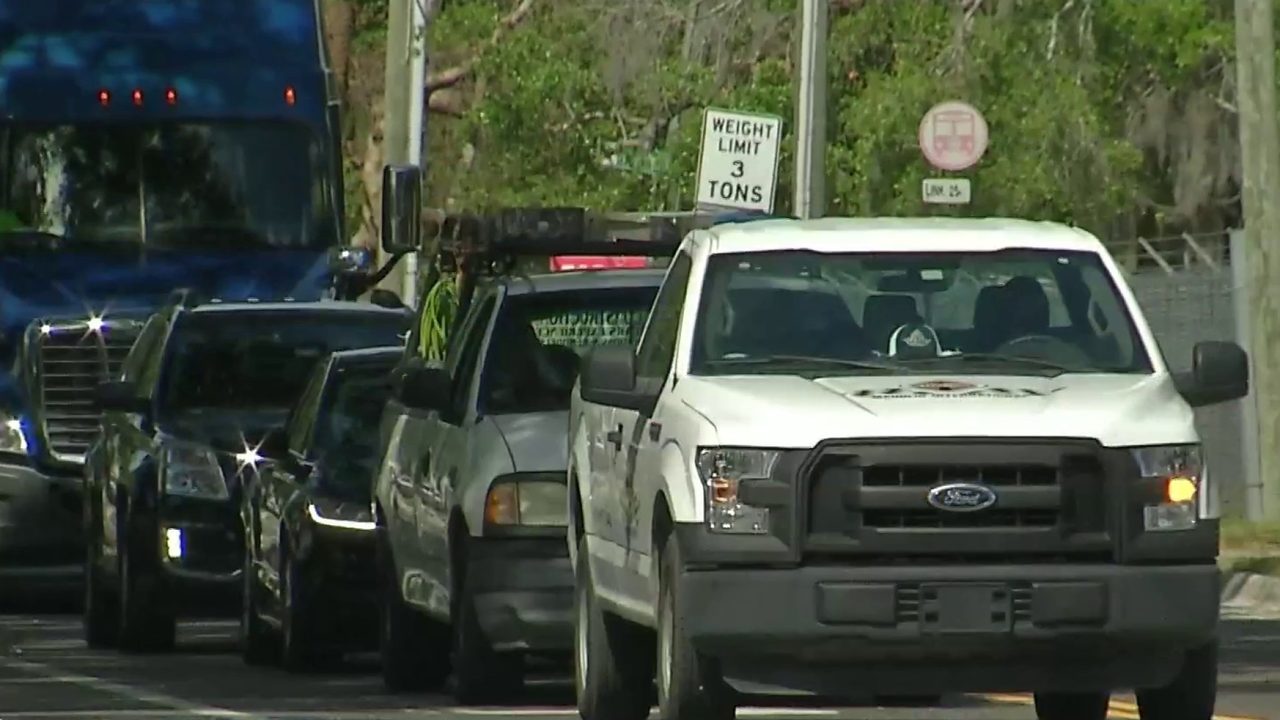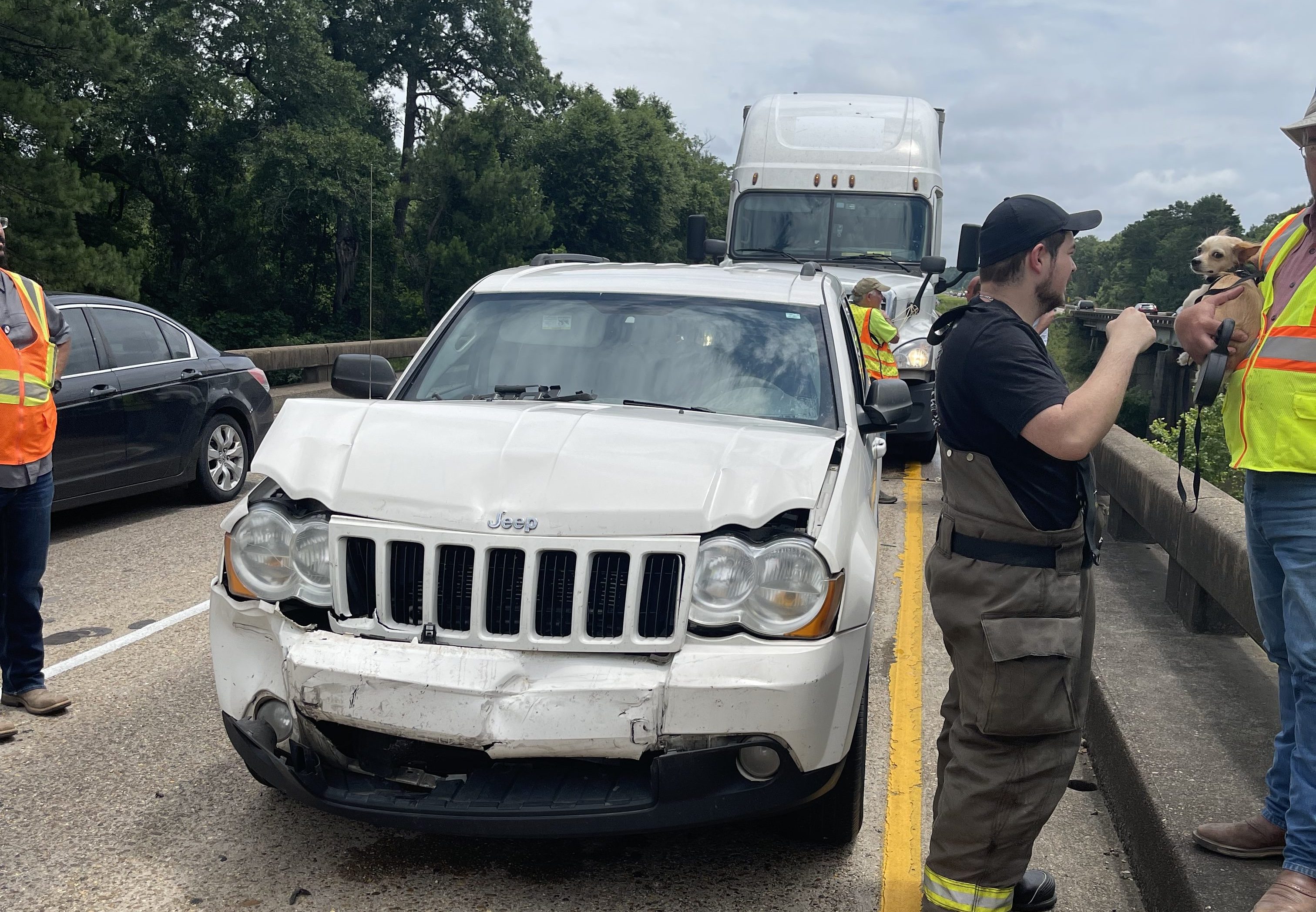
The world of electric vehicles (EVs) is one that is constantly evolving, driven forward by advances in technology and increasing demand from consumers. In recent years, the growth of the EV industry has been phenomenal, with more and more people choosing to switch to green, sustainable forms of transport. However, the rapid rise of EVs is not without its challenges.
One of the biggest challenges facing the EV industry today is the issue of battery damage. As we know, the battery is the heart of an electric vehicle, providing the power necessary for it to move. With EVs becoming more popular, these batteries are increasingly being exposed to risk, particularly on the roads.
In a recent report, it was revealed that even minor damage to an EV battery can be enough to render it completely useless. This can occur even in cases where the damage seems trivial, such as in a minor road collision. While this might not seem like a huge problem, the reality is that it has major implications for the circular economy of EVs.
The circular economy is a concept that is gaining increasing popularity in the world of sustainability. It is based on the idea of creating closed-loop systems, in which resources are used, reused and recycled in a way that is both more efficient and less damaging to the environment. In the context of EVs, the circular economy means finding ways to recycle and reuse batteries that are no longer functional.
However, if batteries are damaged even in minor crashes, this makes it much more difficult to recycle them. Recycling damaged batteries is difficult, as there is a risk of further damaging the battery or even creating a safety hazard. This means that even a small amount of damage can have big implications for the circular economy of EVs.

The problem is made worse by the fact that many insurance companies are now writing off EVs involved in even minor crashes. This is because the cost of repairing the damage to the battery can be so high that it makes more financial sense to simply replace the entire vehicle. While this might make sense from an insurance perspective, it has major implications for the sustainability of the EV industry as a whole.
One possible solution to this problem is to find ways to repair damaged EV batteries, rather than simply writing them off. While this might be more difficult than repairing traditional car parts, it is by no means impossible. In fact, there are already companies out there that specialize in repairing damaged EV batteries, and they are having some success.
Another solution is to find ways to make EV batteries more resilient to damage in the first place. This might involve developing new materials that are more resistant to impact, or finding ways to design EVs so that the battery is more protected. Whatever the solution, it is clear that action needs to be taken if we are to avoid undermining the circular economy of EVs.
Overall, the issue of battery damage is one that is causing increasing concern within the EV industry. While it is clear that there is no easy solution to this problem, it is important that we continue to explore new ideas and approaches to find a way forward. Only then can we ensure that the growth of the EV industry is sustainable, and that we are able to meet the demand for green, sustainable forms of transport both now and in the future.